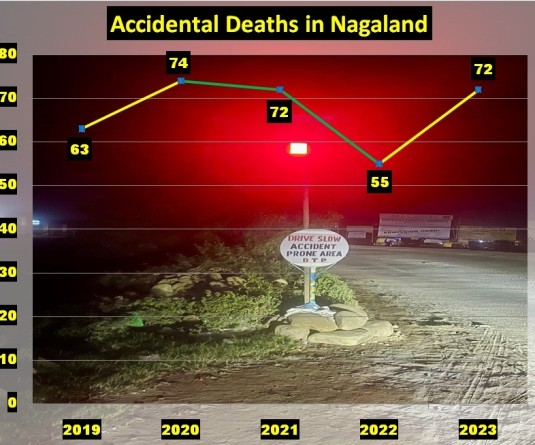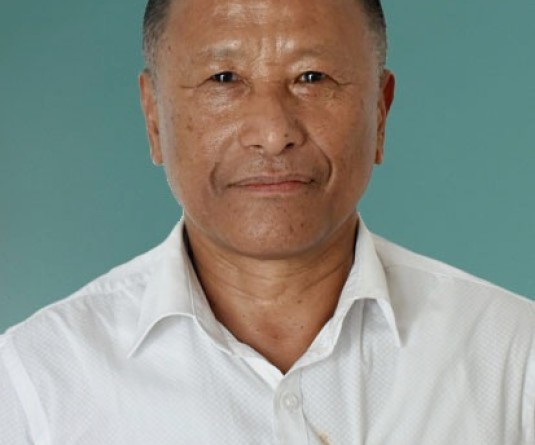
Kohima, April 30 (MExN): The NSCN-K (Yung Aung) has refuted the PRO & Spokesperson, Ministry of Defence’s account of an encounter in Arunachal Pradesh's Longding district on April 27, which resulted in the killing of its cadres in a joint operation by the Indian Army and Assam Rifles.
In a rejoinder issued by its MIP, the NSCN-K (Yung Aung) claimed that two of its cadres—identified as Corporal Teya and Private Petoh—were killed in what it alleged was a “well-coordinated ambush” at Pongchau in Longding district of Arunachal Pradesh.
The “surprise attack” also resulted in the death of a civilian (road contractor) and injured three other cadres, the rejoinder maintained, terming it a “cold-blooded murder” staged by the Indian security forces.
Accusing the Defence PRO of issuing a “one-sided and fabricated report,” the NSCN-K (Yung Aung) also claimed that the civilian killed in the incident was “clad in Naga army fatigue,” while additional weapons and explosives were allegedly planted on the bodies.
Calling the act “vile and unthinkable,” it accused the security forces of attempting to glorify the operation and distort facts.
According to the NSCN-K (Yung Aung), despite being surrounded and outnumbered, its cadres did not surrender and “died as true heroes.”
It also extended condolences to the families of the deceased and reiterated its commitment to respond to what it called “aggression” by Indian forces at a time of its choosing.
Earlier, the PRO, Ministry of Defence, in an official statement, reported that the encounter followed the abduction of two construction workers on April 25.
It resulted in a firefight that led to the deaths of three NSCN-K (Yung Aung) cadres, it said.
The statement also claimed recovery of four automatic weapons, ammunition, and other related items.
One of the abducted workers was rescued, while the search for the second was ongoing, it added.






